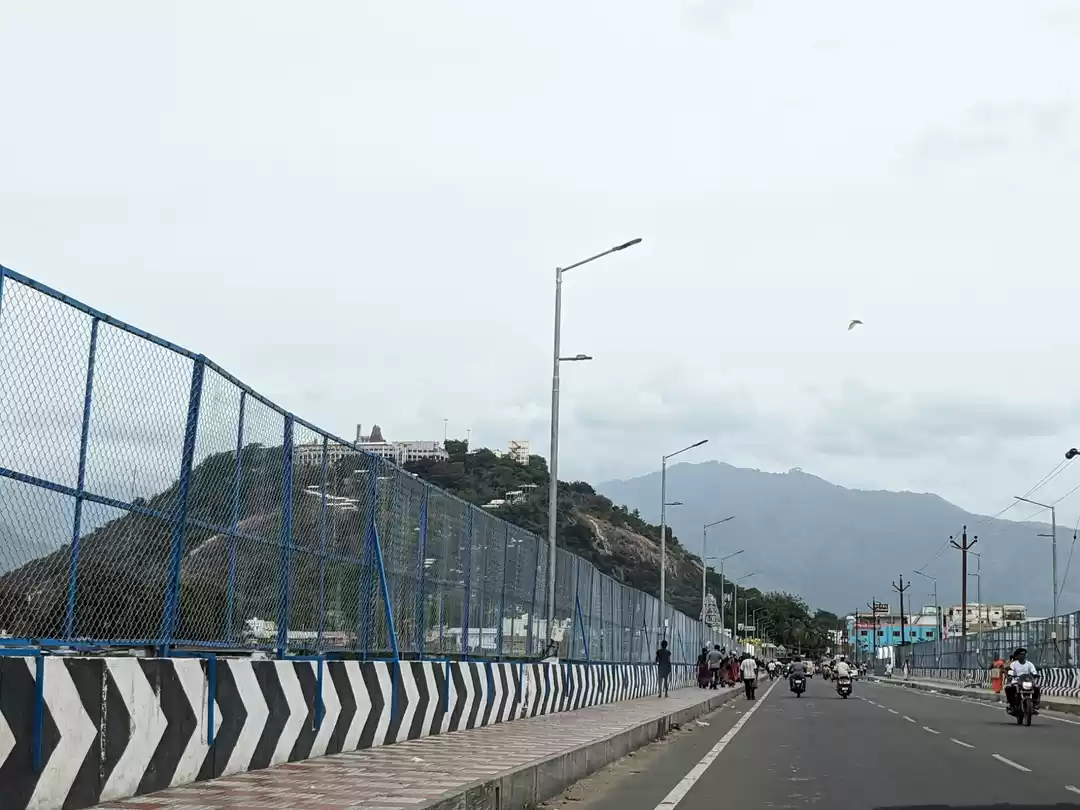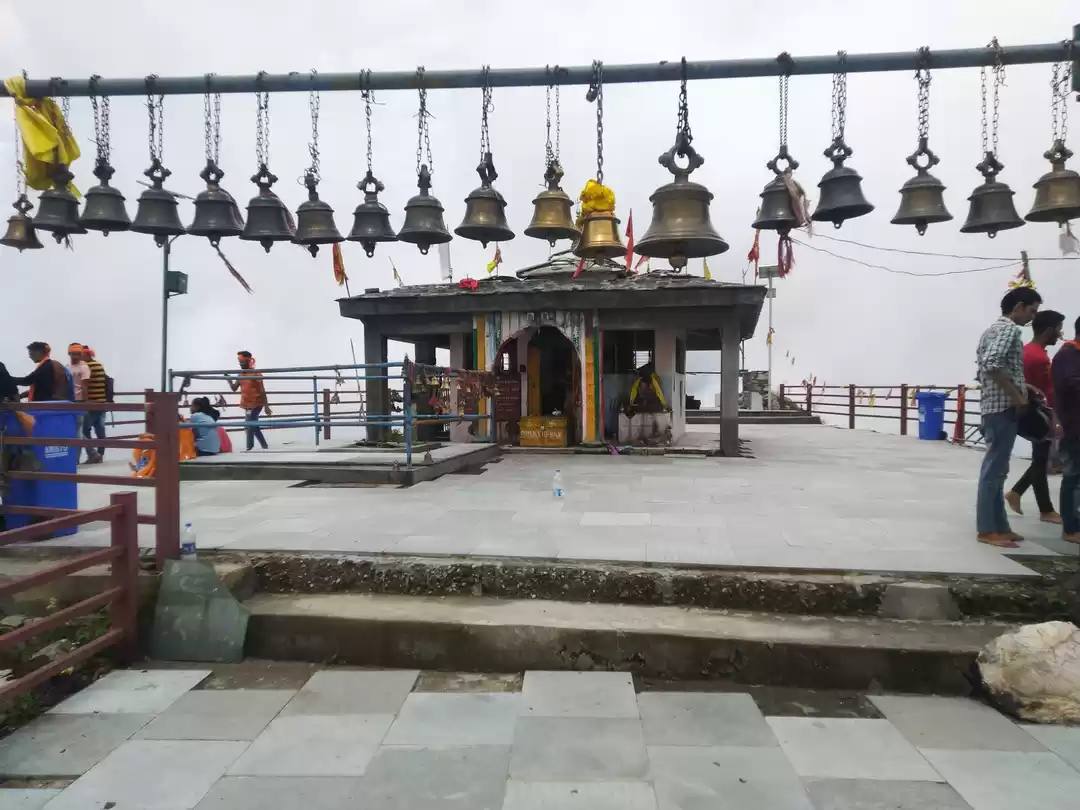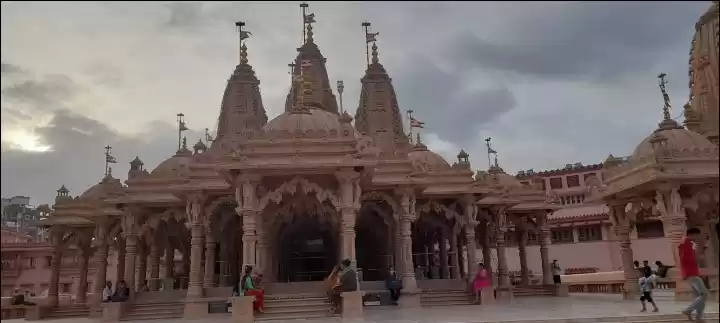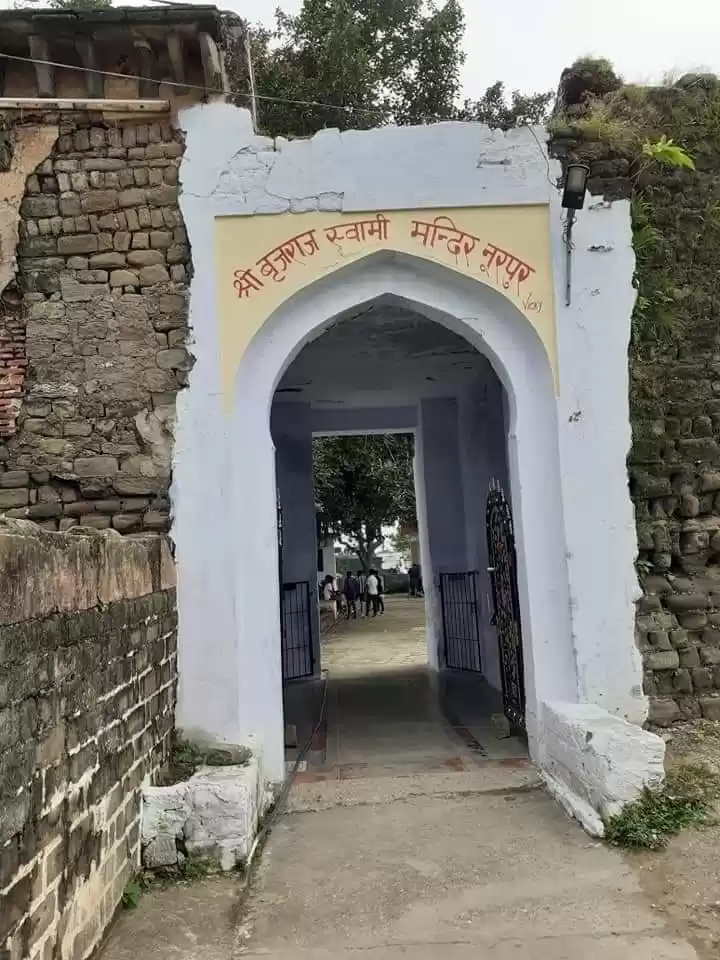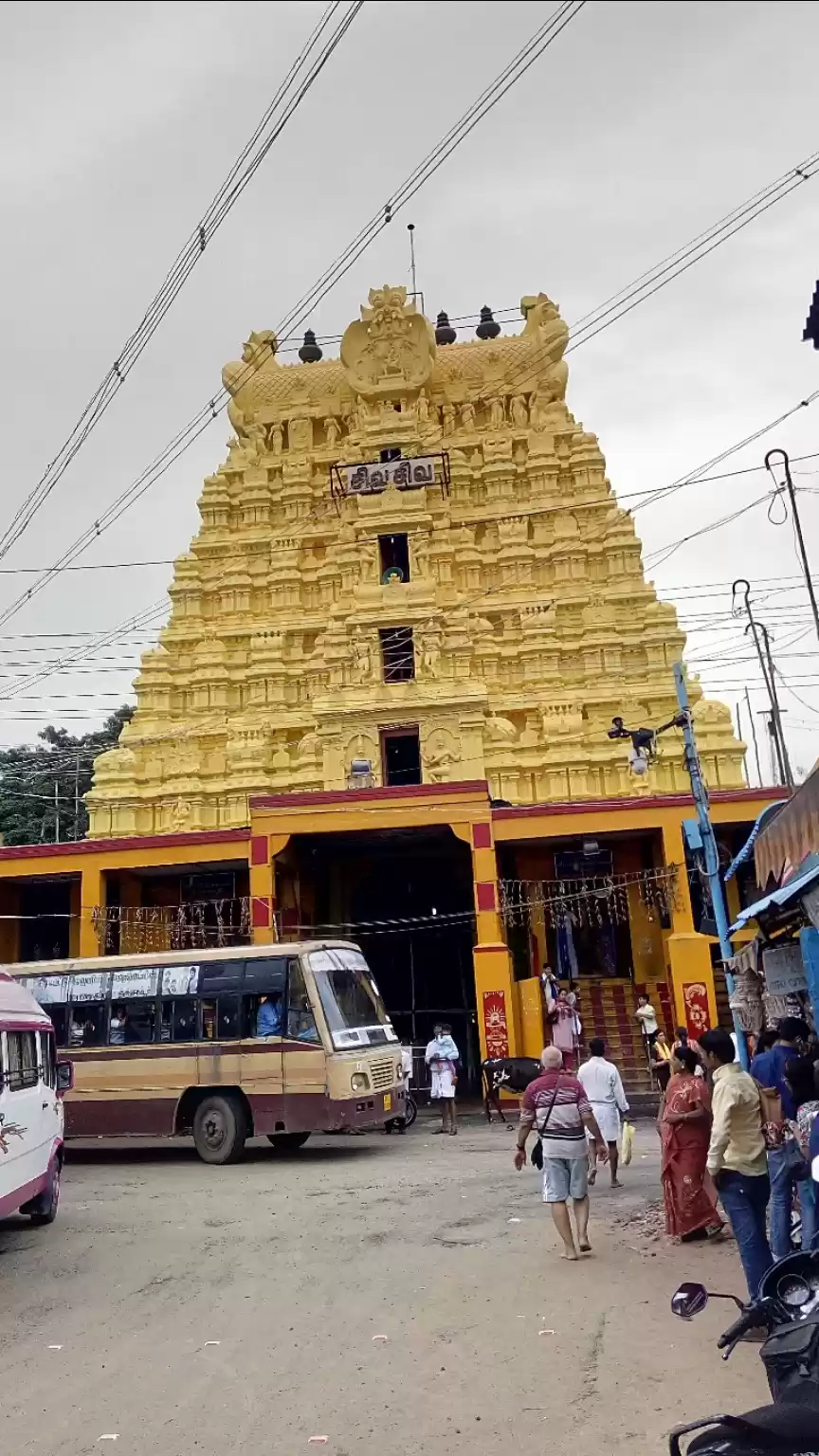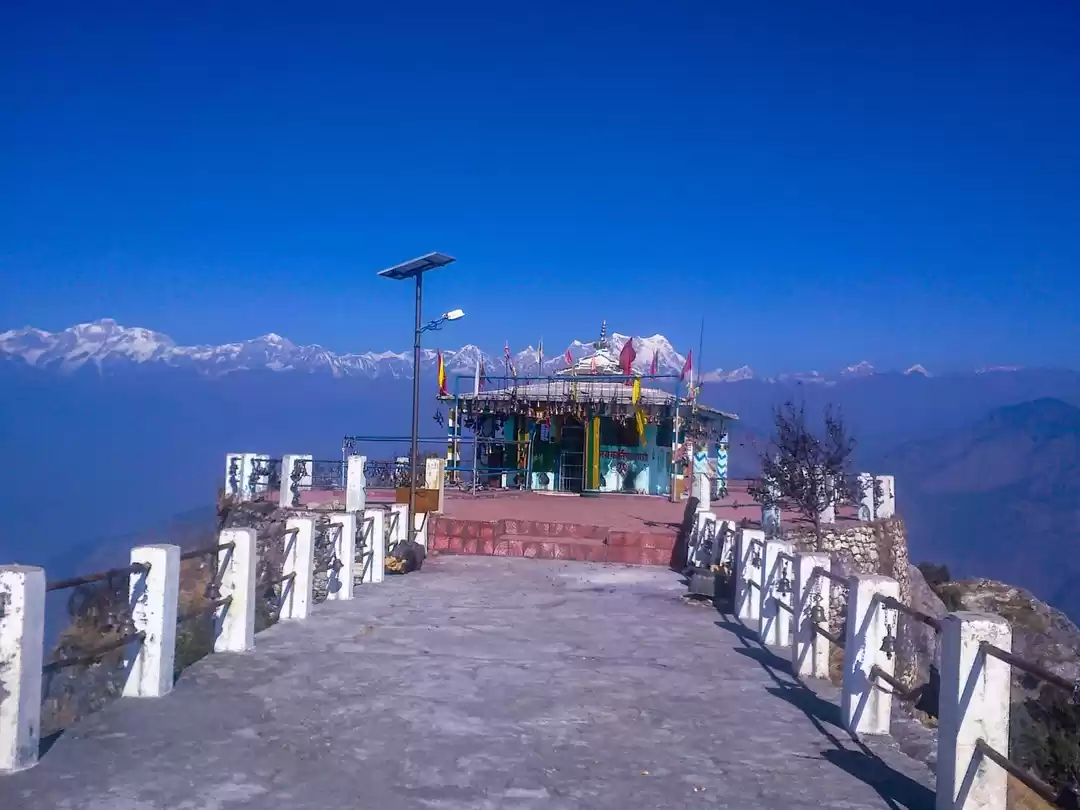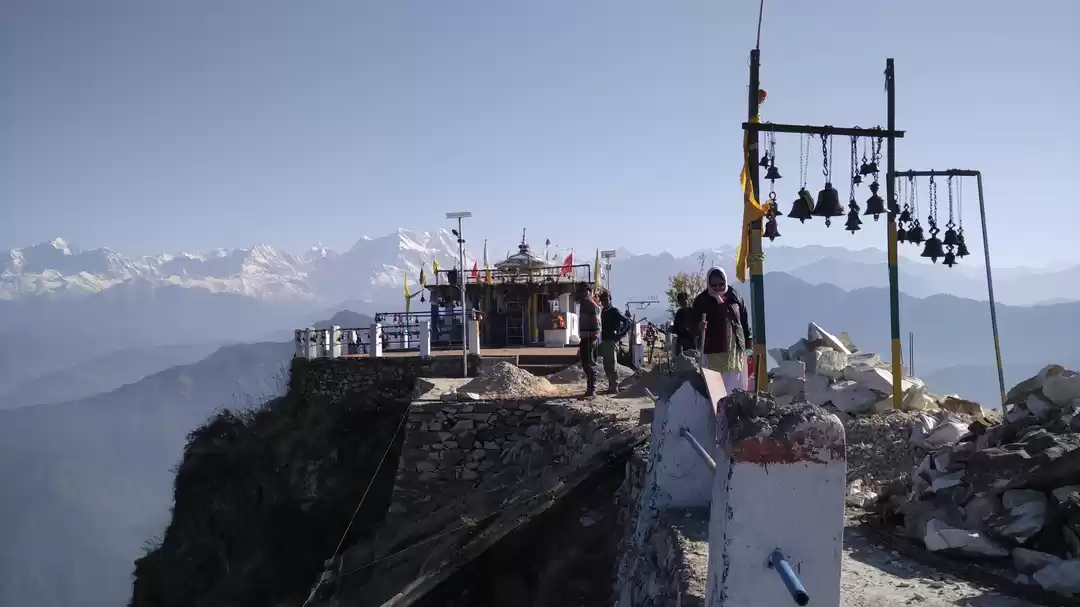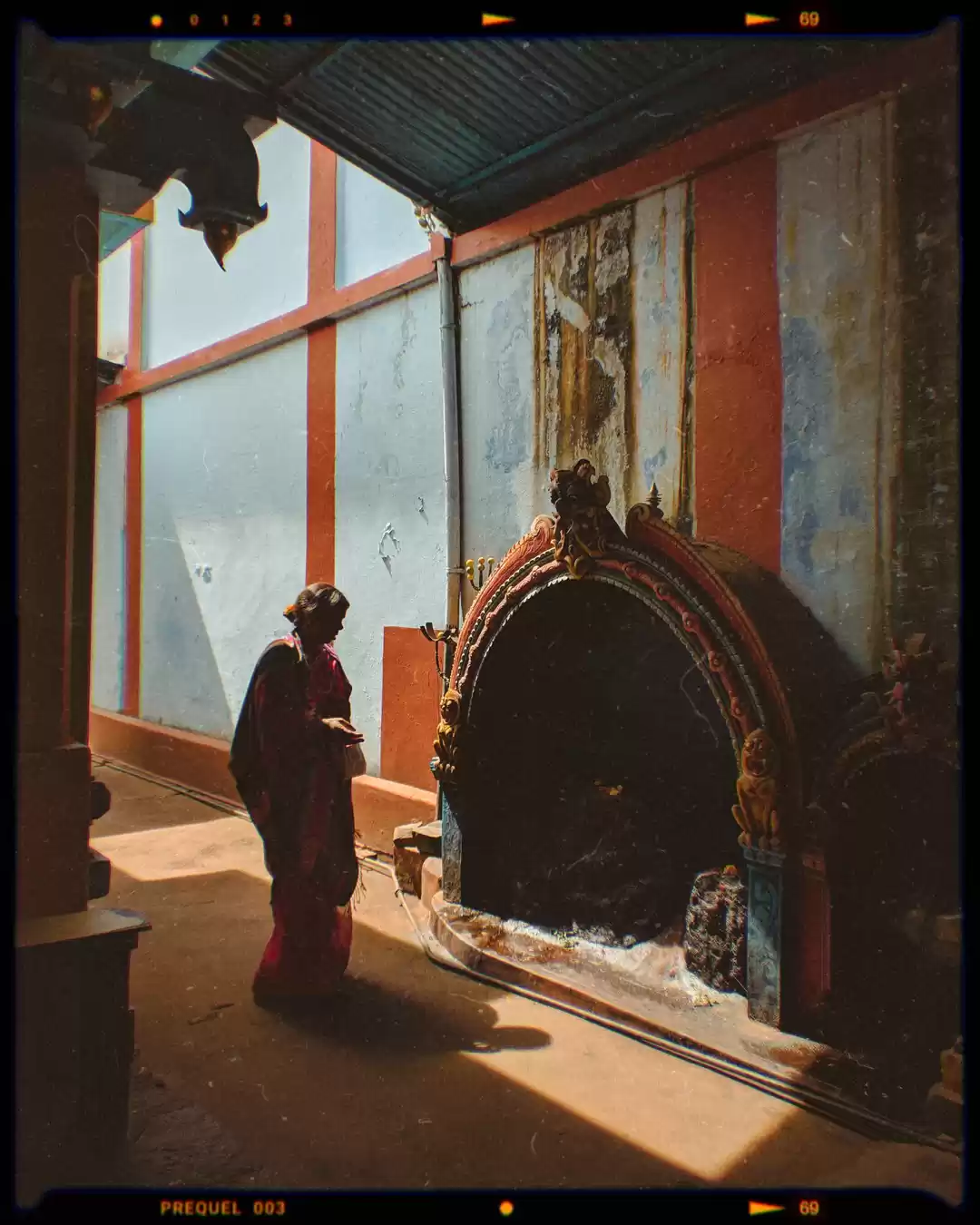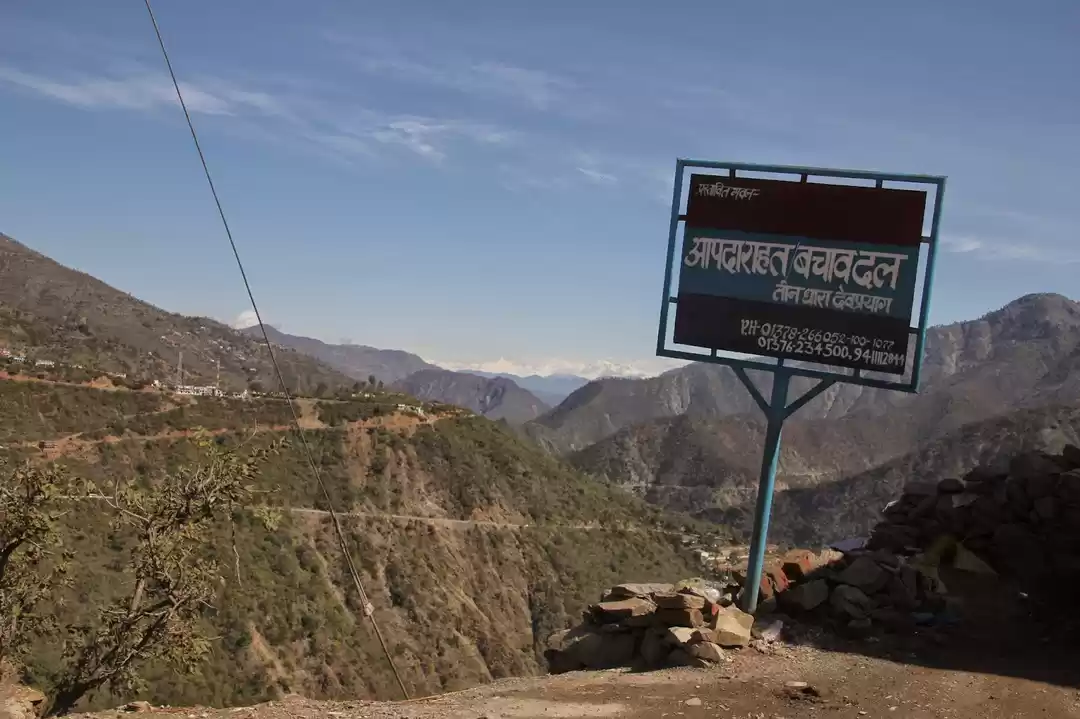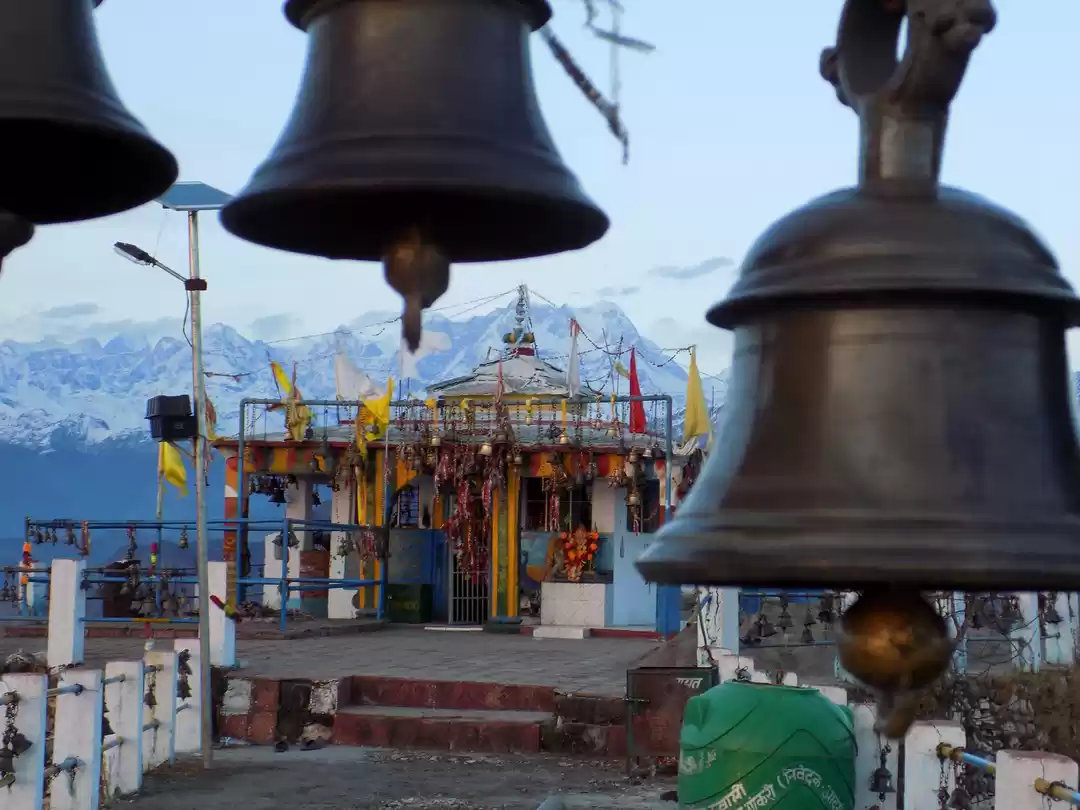Have you ever wondered where Lord Murugan, the son of Shiva and Parvati, taught the meaning of the sacred syllable OM to his father? The answer is Swaminathaswamy Temple, Swamimalai, one of the six abodes of Murugan, and one of the most revered and visited temples of Murugan in India. In this article, we will explore the legend, the history, the architecture, and the festivals of this temple, and learn why it is a must-visit destination for anyone who loves culture, spirituality, and beauty.

Legend of Swaminathaswamy Temple
The legend of Swaminathaswamy Temple is one of the most fascinating and profound stories in Hindu mythology. It is said that once, Lord Brahma, the creator of the universe, was on his way to Mount Kailash, the abode of Shiva, when he encountered Murugan, who was a young boy at that time. Murugan asked Brahma to explain the meaning of the Pranava Mantra, the sacred syllable OM, which is the source and the essence of all creation. Brahma, who was arrogant and ignorant, could not answer the question, and tried to evade it by saying that he did not need to know the meaning, as he was the creator himself. Murugan, who was displeased by Brahma’s attitude, imprisoned him in a cave, and took over his role of creation.
When the gods and the sages realized that Brahma was missing, they approached Shiva, and requested him to intervene. Shiva came to Murugan, and asked him to release Brahma. Murugan agreed, but on one condition: Shiva had to explain the meaning of the Pranava Mantra. Shiva, who was curious and humble, agreed to learn from his son, and asked him to teach him. Murugan then took Shiva to the top of a hill, and taught him the meaning of OM, which is the sound of the supreme reality, the manifestation of the three aspects of Shiva: creation, preservation, and destruction, and the representation of the three states of consciousness: waking, dreaming, and deep sleep. Shiva was amazed and delighted by his son’s wisdom, and praised him as Swaminathaswamy, the teacher of Shiva.
The hill where Murugan taught Shiva is known as Swamimalai, and the temple where Murugan is worshipped as Swaminathaswamy is the Swaminathaswamy Temple. The temple is also known as the Pranava Mantra Temple, as it is the place where the Pranava Mantra was revealed. The Pranava Mantra is the most sacred and powerful mantra in Hinduism, and it is chanted before and after every prayer, meditation, and ritual. It is believed that by chanting OM, one can connect with the supreme reality, and attain peace, bliss, and liberation.
There are other versions or variations of this legend, such as the legend of Murugan and Brahma, and the legend of Shiva and Brigu, which are also related to the temple. According to the legend of Murugan and Brahma, Murugan asked Brahma to recite the four Vedas, the ancient scriptures of Hinduism, and when Brahma started with the Rig Veda, Murugan asked him to explain the meaning of the first letter, A. Brahma could not answer, and Murugan imprisoned him for his ignorance. According to the legend of Shiva and Brigu, Brigu was a sage who had the power to curse anyone who did not respect him. He visited the three supreme gods, Brahma, Vishnu, and Shiva, and tested their patience and humility. When he came to Shiva, he found him in deep meditation, and ignored him. Brigu became angry, and cursed Shiva to lose his power and glory. Shiva, who was aware of Brigu’s curse, placed his trident on Brigu’s head, and stopped his curse from taking effect. He also appeased Brigu’s penance, and blessed him with knowledge and wisdom.
History of Swaminathaswamy Temple
The history of Swaminathaswamy Temple is as old as the legend itself. The temple is believed to have been built in the 2nd century BC, by the early Chola kings, who were ardent devotees of Murugan. The temple is mentioned in the Sangam literature, the ancient Tamil literature, as one of the six abodes of Murugan, known as the Arupadaiveedu. The temple is also mentioned in the Skanda Purana, the ancient Hindu scripture, as one of the 108 holy places of Shiva, known as the Shiva Sthalams.
The temple has been renovated and expanded by various kings and dynasties over the centuries, such as the Pallavas, the Pandyas, the Vijayanagaras, and the Nayakas. The temple has also witnessed the invasion and the destruction by the foreign forces, such as the Portuguese, the Dutch, the French, and the British, who looted and damaged the temple during the Anglo-French war in the 18th century. The temple was restored and repaired by the government and the devotees, who contributed generously to the temple fund. The temple is now under the administration of the Hindu Religious and Charitable Endowments Department of the Government of Tamil Nadu.
The temple has many inscriptions and sculptures that attest to its antiquity and glory. The inscriptions record the donations and the grants made by the kings and the nobles to the temple, as well as the names and the titles of the temple priests and the officials. The sculptures depict the scenes and the stories from the legends and the mythology, such as the teaching of the Pranava Mantra, the imprisonment of Brahma, the curse of Brigu, and the festivals of Murugan. The temple also has a museum, which displays the ancient artifacts and the relics found in and around the temple, such as the coins, the weapons, the utensils, and the idols.
Architecture of Swaminathaswamy Temple
The architecture of Swaminathaswamy Temple is a marvel of art and engineering. The temple has three gopurams, or towered gateways, which are adorned with intricate carvings and colorful paintings of the gods and the goddesses. The temple has three precincts, or courtyards, which are surrounded by walls and pillars. The temple has sixty steps, which lead to the main shrine of Swaminathaswamy, which is located on the top of the hill. The temple also has the shrines of Shiva and Parvati, who are worshipped as Sundareswarar and Meenakshi, at the base of the hill.
The sixty steps of the temple are one of the most unique and significant features of the temple. The sixty steps represent the sixty Tamil years, which are based on the solar calendar, and have names such as Prabhava, Vibhava, Shukla, etc. Each step has an inscription of the name and the symbol of the corresponding year. The devotees climb the steps with devotion and reverence, and perform rituals and offerings on each step. The devotees also believe that by climbing the steps, they can overcome the effects of the past karma, and attain the blessings of Murugan.
The main shrine of Swaminathaswamy is the sanctum sanctorum of the temple, where Murugan is worshipped as the teacher of Shiva. The idol of Murugan is made of nine metals, known as the Navapashanam, and is adorned with jewels and garlands. The idol has six faces and twelve arms, and holds various weapons and symbols, such as the spear, the bow, the arrow, the discus, the conch, the rosary, etc. The idol is also accompanied by his consorts, Valli and Devasena, and his vehicle, the peacock. The idol is believed to have miraculous powers, and can cure diseases and grant wishes. The devotees offer prayers and praises to the idol, and receive the holy water and the sacred ash as the prasadam, or the divine gift.
Festivals of Swaminathaswamy Temple
The festivals of Swaminathaswamy Temple are the occasions of joy and celebration for the devotees of Murugan. The temple celebrates various festivals throughout the year, which are based on the lunar calendar, and coincide with the phases of the moon, the seasons, and the stars. The festivals are marked by special rituals and ceremonies, such as the abhishekam, the alankaram, the archanai, the aarti, the homam, the kavadi, the palanquin, etc. The festivals also involve the processions and the chariot rides of the idol of Murugan, which are accompanied by music, dance, and fireworks. The festivals attract thousands of pilgrims and tourists from all over the world, who come to witness the grandeur and the splendor of the temple.
The major festivals celebrated at the temple are as follows:
Vaikasi Visakam: This is the birthday of Murugan, which falls in the month of Vaikasi (May-June), on the full moon day, when the star Visakam is in ascendance. This is the most important and the most auspicious festival of the temple, which lasts for ten days. The idol of Murugan is decorated with jewels and flowers, and taken in a procession around the temple. The devotees offer milk, honey, fruits, and sweets to the idol, and chant the names and the mantras of Murugan. The temple also performs special rituals and ceremonies, such as the abhishekam, the alankaram, the archanai, the aarti, and the homam, to honor and worship Murugan. The festival culminates on the tenth day, when the idol of Murugan is taken to the river Cauvery, and given a holy bath. The devotees also take a dip in the river, and seek the blessings of Murugan.
Skanda Sashti: This is the victory of Murugan over the demon Surapadma, which falls in the month of Aippasi (October-November), on the sixth day after the new moon. This is the second most important festival of the temple, which lasts for six days. The idol of Murugan is taken in a procession to the banks of the river Cauvery, where he battles with the demon, who takes the form of a mango tree, a peacock, and a rooster. On the final day, Murugan slays the demon with his spear, and liberates the gods and the sages from his tyranny. The devotees celebrate the victory of Murugan by breaking coconuts, offering kavadi, and piercing their body parts with hooks and needles.
Panguni Uthiram: This is the wedding anniversary of Murugan and his consorts, Valli and Devasena, which falls in the month of Panguni (March-April), on the full moon day, when the star Uthiram is in ascendance. This is the third most important festival of the temple, which lasts for ten days. The idols of Murugan, Valli, and Devasena are decorated with bridal attire and jewels, and taken in a procession around the temple. On the final day, the idols are taken to a specially erected mandapam, or pavilion, where the wedding ceremony is performed by the priests, with the devotees as the witnesses. The devotees offer flowers, fruits, and sweets to the divine couple, and seek their blessings for a happy and prosperous married life.
Karthigai: This is the monthly festival of Murugan, which falls in the month of Karthigai (November-December), on the full moon day, when the star Karthigai is in ascendance. This is also the day when Murugan was born from the sparks of Shiva’s third eye. The temple is illuminated with thousands of lamps and candles, and the idol of Murugan is taken in a procession around the temple. The devotees light lamps and candles in their homes and temples, and offer milk and honey to Murugan.
Pradosham: This is the weekly festival of Shiva, which falls on the thirteenth day of every lunar fortnight, either on a Monday, Wednesday, or Saturday. The temple celebrates Pradosham with special rituals and offerings to Shiva and Parvati, who are worshipped as Sundareswarar and Meenakshi. The idols of Shiva and Parvati are taken in a procession around the temple, and the devotees chant the names and the mantras of Shiva and Parvati.
Pooja: This is the daily festival of the temple, which involves the worship and the service of the idols of Murugan, Valli, Devasena, Shiva, and Parvati. The temple performs six poojas every day, which are known as the Ushathkalam, the Kalasanthi, the Uchikalam, the Sayarakshai, the Irandamkalam, and the Ardha Jamam. The poojas include the bathing, the dressing, the adorning, the feeding, and the singing of the idols, and the distribution of the prasadam to the devotees. The poojas are performed by the priests, who follow the Agama Shastra, the ancient scripture of temple worship.
The festivals and events of Swaminathaswamy Temple are the expressions of the devotion and the gratitude of the devotees to Murugan, who is the embodiment of wisdom, courage, and love. The devotees participate in the festivals and events with enthusiasm and faith, and experience the joy and the grace of Murugan. The festivals and events also showcase the rich and diverse culture and heritage of Tamil Nadu, and the beauty and the elegance of the temple.

Travel Guide to Swaminathaswamy Temple
If you are planning to visit Swaminathaswamy Temple, Swamimalai, here are some useful tips and information that will help you make the most of your trip.
Best Time To Visit Swaminathaswamy Temple: The best time to visit the temple is between October and March, when the weather is pleasant and the festivals are celebrated. You can witness the grandeur and the splendor of the temple during the festivals of Vaikasi Visakam, Skanda Sashti, and Panguni Uthiram, and participate in the rituals and the ceremonies. You can also enjoy the scenic beauty and the cultural diversity of the region during this time.
How To Reach Swaminathaswamy Temple: The temple is easily accessible by various modes of transport, such as by air, by rail, by road, and by waterways. The nearest airport is the Tiruchirappalli International Airport, which is about 90 km away from the temple. The nearest railway station is the Kumbakonam Railway Station, which is about 6 km away from the temple. The nearest bus stand is the Kumbakonam Bus Stand, which is about 5 km away from the temple. You can also reach the temple by boat, as the temple is located on the banks of the river Cauvery, which is connected to the Bay of Bengal by a network of canals and rivers.
Local Transport in Kumbakonam: Once you reach Kumbakonam, you can choose from various local transport options to reach the temple, such as buses, taxis, autos, and cycle rickshaws. The fares and the availability of these transport options may vary depending on the time and the season. You can also hire a car or a bike to explore the town and the nearby attractions at your own pace and convenience.
Accommodation and Food near Swaminathaswamy Temple: There are plenty of accommodation and food options near the temple, ranging from budget to luxury. You can find hotels, guest houses, lodges, and homestays that offer comfortable and affordable stay near the temple. You can also find restaurants, eateries, and street food stalls that serve delicious and authentic Tamil cuisine, as well as other cuisines, near the temple. Some of the popular dishes that you can try are the idli, dosa, vada, pongal, sambar, rasam, kootu, kuzhambu, appam, payasam, etc.
Other Attractions and Places of Interest near Swaminathaswamy Temple: Apart from the temple, there are many other attractions and places of interest that you can visit near Swamimalai, such as the Mahamaham Tank, the Airavatesvara Temple, the Shopping in Kumbakonam, and the other temples of Murugan in the Arupadaiveedu circuit. The Mahamaham Tank is a sacred tank, where a grand festival is held once in 12 years, and millions of pilgrims take a holy dip in the water. The Airavatesvara Temple is a UNESCO World Heritage Site, which is dedicated to Shiva, and is known for its exquisite architecture and sculptures. The Shopping in Kumbakonam is a delight for the shoppers, who can buy various items, such as silk sarees, brass vessels, bronze idols, pottery, jewelry, etc. The other temples of Murugan in the Arupadaiveedu circuit are the Thiruthani Murugan Temple, the Palani Murugan Temple, the Pazhamudircholai Murugan Temple, the Thirupparamkunram Murugan Temple, and the Thiruchendur Murugan Temple, which are also worth visiting.
Conclusion
Swaminathaswamy Temple, Swamimalai, is a temple that will enchant you with its legend, history, architecture, and festivals. It is a temple that will inspire you with its wisdom, courage, and love. It is a temple that will bless you with its grace and peace. It is a temple that you should not miss, if you are looking for a spiritual and cultural experience in Tamil Nadu.


